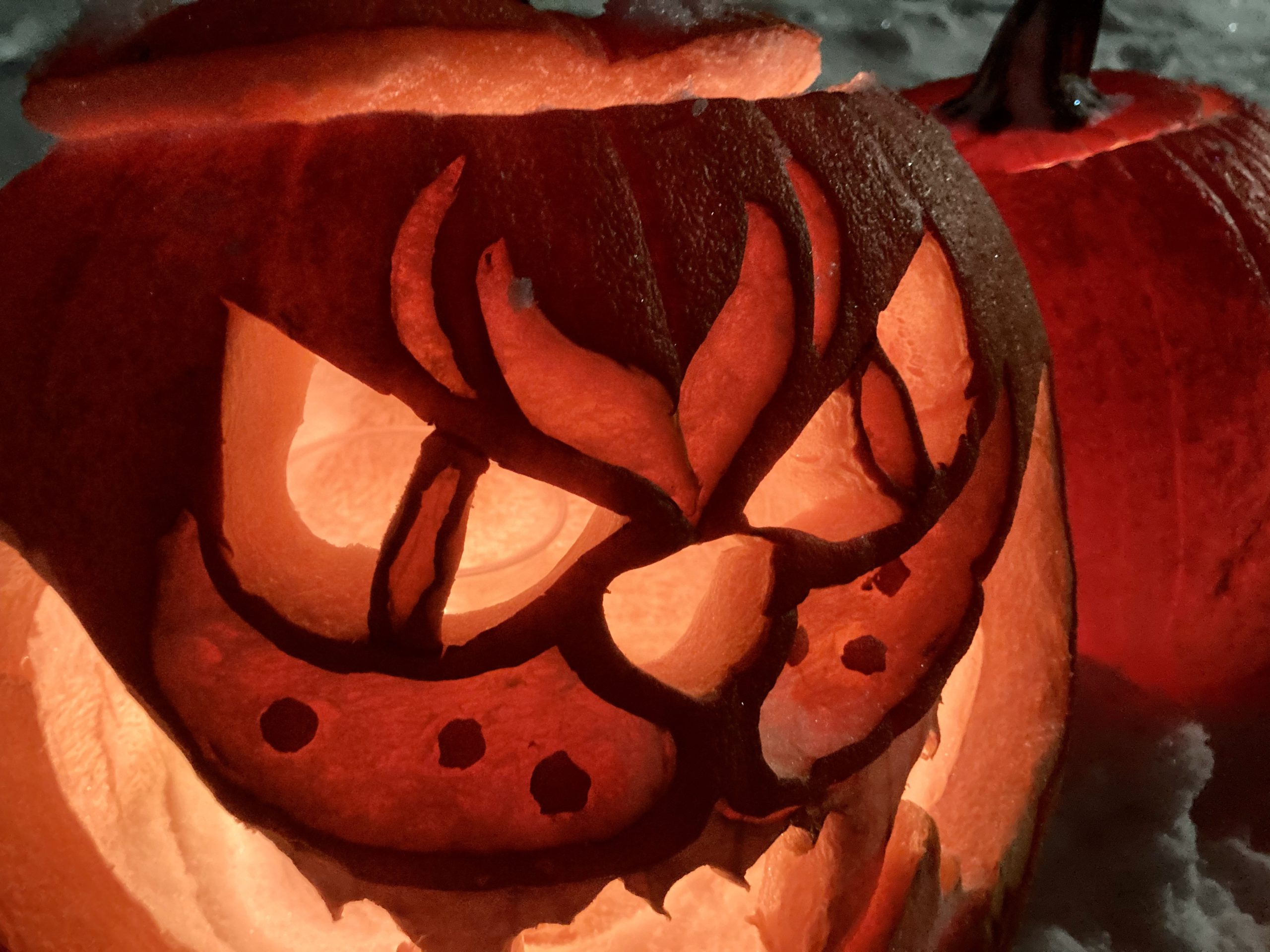Halloween is here! With the horror-themed holiday now upon us, many across the city may have already decorated their home with the iconic jack-o-lantern, or placed it along the Pumpkin Lane at the Frame Lake Trail.
How did this trend start though? And why pumpkins? The origins go all the way back to Ireland in the 1600’s, with the story of a mysterious figure known as Stingy Jack. The most popular version of the tale involves Jack first tricking the Devil into changing his form, then trapping him in his transfigured state. Jack then offered the Devil out of the deal in exchange for not taking his soul for a long time. Some longer versions of the story have the Devil being tricked 3 or 4 different times.
Eventually though, time caught up with Jack and he was unable to trick the Devil again. Stingy Jack was sentenced to roam the Earth for all eternity with nothing but an ember given to him by the Devil to light his way.
In Ireland, people started to carve demonic faces out of turnips to frighten away Jack’s wandering soul. When Irish immigrants moved to the U.S., they began carving jack-o’-lanterns from pumpkins, as these were native to the region.
Jack-o’-lanterns later became intertwined with the Celtilc festival known as Samhain (Pronounced SOW-WEN), which is a celebration that took place throughout Britain and Ireland that marked the end of summer and the beginning of the new year on November 1st. It was believed that the souls of people who had died throughout the year could return on Samhain and return to their homes.
Later in the 8th century, when the Roman Catholic Church moved All Saints’ Day to November 1st, All Hallows’ Eve, or Halloween, fell on October 31. Traditions from Samhain remained, such as wearing disguises to hide yourself from the souls wandering around your home. The folklore about Stingy Jack was quickly incorporated into Halloween, and carving pumpkins has remained a holiday tradition ever since.





